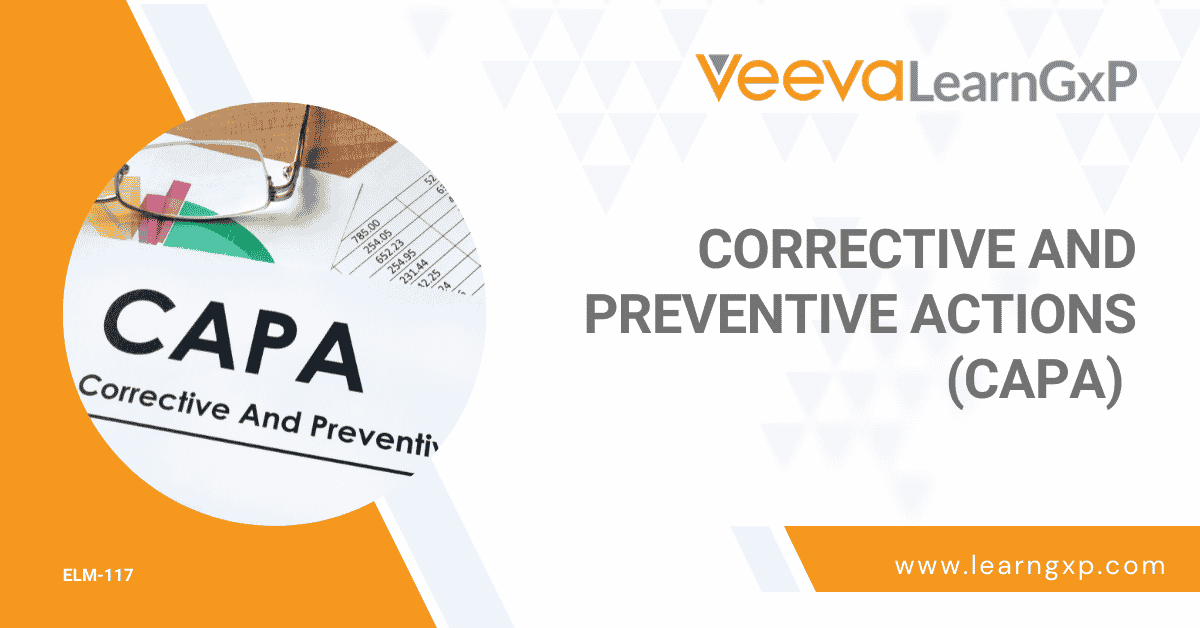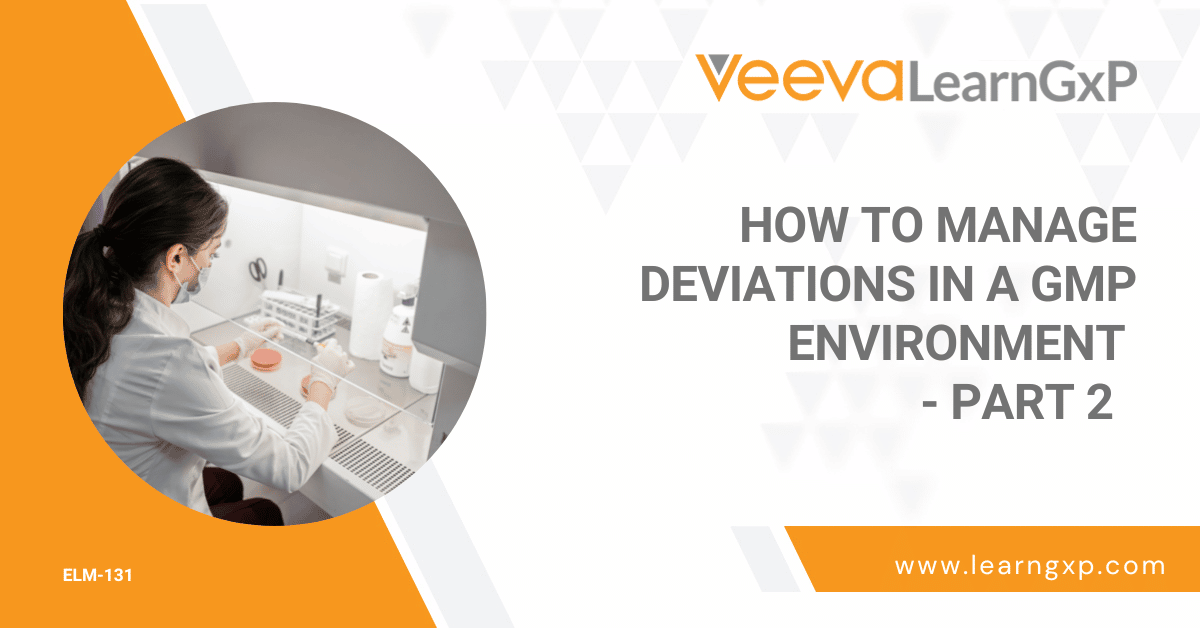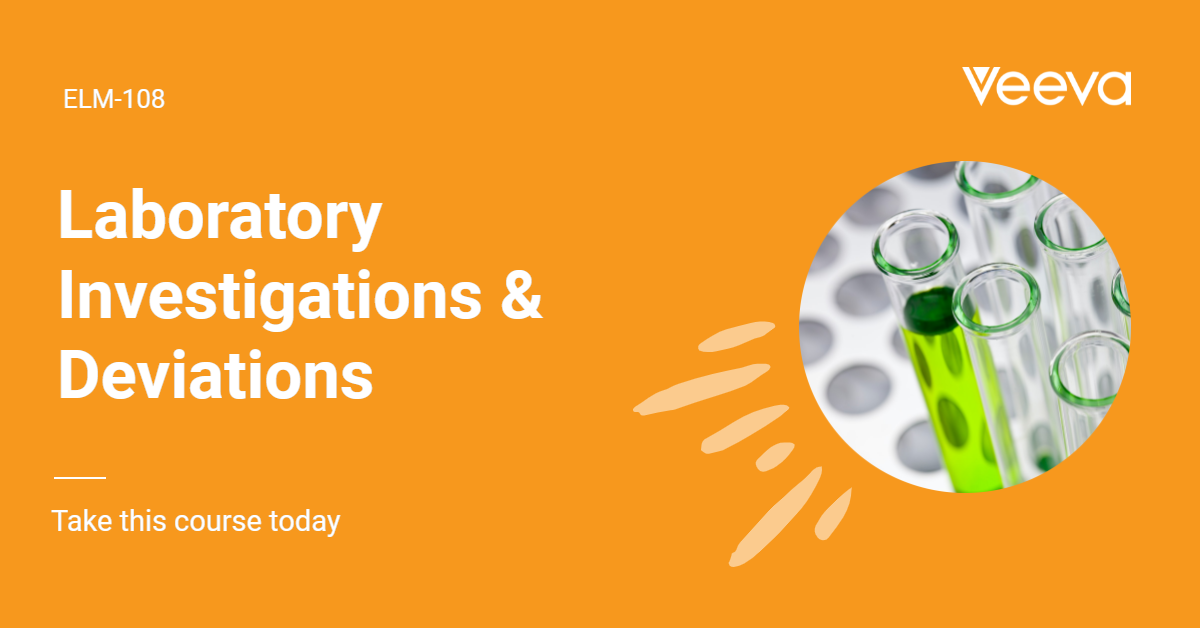cGMP – Cases from History and the Regulations
Description:
In this course we will discuss some of the cases from history where the lack of GMP caused devastating effects for patients using medicines. Through the use of real life case studies, it should be very apparent how important it is to take GMP seriously. We will also cover how GMPs differ in other countries and what aspects of manufacturing does GMP not cover.
Curriculum for this course:
Introduction
| Overview | 50 secs |
| Learning objectives | 45 secs |
| Who should take this course | 1 min 04 secs |
| Program introduction | 1 min 30 secs |
| Module overview | 1 min 06 secs |
Module 1: The Starting Line
| Overview | 1 min 39 secs |
| What is GMP | 1 min 30 secs |
| What is cGMP | 1 min 40 secs |
| World Health Organization (WHO) | 2 min 40 secs |
| Why GMP? | 1 min 39 secs |
Module 2: Cases From History
| Overview | 1 min 50 secs |
| Cases from history | 1 min 31 secs |
| 1930 – Lubeck BCG Vaccine | 1 min 56 secs |
| 1938 – Sulpanilamide | 56 secs |
| 1940 – Contaminated Caps (Lambert, E.C) | 1 min 20 secs |
| 1955 – Polio vaccine (Cutter Laboratories) | |
| 1962 – Thalidomide | 1 min 25 secs |
| Why GMP is so important? | 1 min 05 secs |
Module 3: GMP Regulations and the Guidelines
| Overview | 1 min 29 secs |
| GMP regulations and guidelines | 1 min 59 secs |
| How do GMP's different in other countries | 2 min 05 secs |
| WHO | 1 min 19 secs |
| ICH | 48 secs |
| EMEA | 1 min 09 secs |
| MHRA | 1 min 49 secs |
| US FDA | 2 min 19 secs |
| GMP concepts | 1 min 39 secs |
| What aspects of manufacturing does GMP cover | 1 min 19 secs |
Conclusion
Final Exam
Certification
Revision History
| For the multiple-choice question “GMP is so important because: (Select all that apply)”, the system requires the answer “It allows pharmaceutical manufacturers to increase the price of their drugs” which is an incorrect statement in General but also per the information provided in the video. This answer was changed to incorrect. | V2.0 |
| Updated learning objectives to align with the course concepts and content. Updated the final exam with new questions to assess mastery of the updated learning objectives. Updated the final exam to create a question pool from which the course will randomly select at a 3:1 ratio for a total of 10 assessment questions on each final exam attempt. | V3.0 |
Talk to us
Find out how we can help you bring your life science training to the next level.













